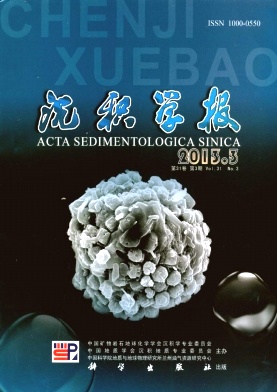Study on Iron Geochemical Behavior in the Interlayer Oxidation Zone Sandstonetype Uranium Metallogenetic Process: A case from hihongtan uranium deposit in the TurpanHami Basin of Xinjiang
- Publish Date: 2013-06-10
-
Key words:
- ferrum phases /
- uranium mineralization
Abstract: As the typical interlayer oxidation zone sandstone type uranium deposit, Shihongtan uranium deposit occurs in the fluvial facies sandstone of the Xishanyao Formation of the middle Jurassic at the Aiding Lake slope in the southwest margin of TurpanHami basin. According to the results of ferrum phases analysis, the formations of iron element in the ore hosting belts include FeCO3, Fe2O3, silicatefacies iron and FeS2whose contents take regular changes in different geochemical subzone. Pyrite, the main form of ferrous iron in the ore hosting belts, has the twoperiod causes, belongs to the sulphate and microbe reducing product. The author analyzed the function of iron geochemical behavior in uranium mineralization process, thought that in the oxidized zone, the iron catalyzed uranium oxidation, dissolution and move, which provided the important source for uranium mineralization. The pyrite of ore belt played the sorption in uranium mineralization process, indicating the similar cause with the bitumionous uranium.
| Citation: | Study on Iron Geochemical Behavior in the Interlayer Oxidation Zone Sandstonetype Uranium Metallogenetic Process: A case from hihongtan uranium deposit in the TurpanHami Basin of Xinjiang[J]. Acta Sedimentologica Sinica, 2013, 31(3): 461-467. |






 DownLoad:
DownLoad: